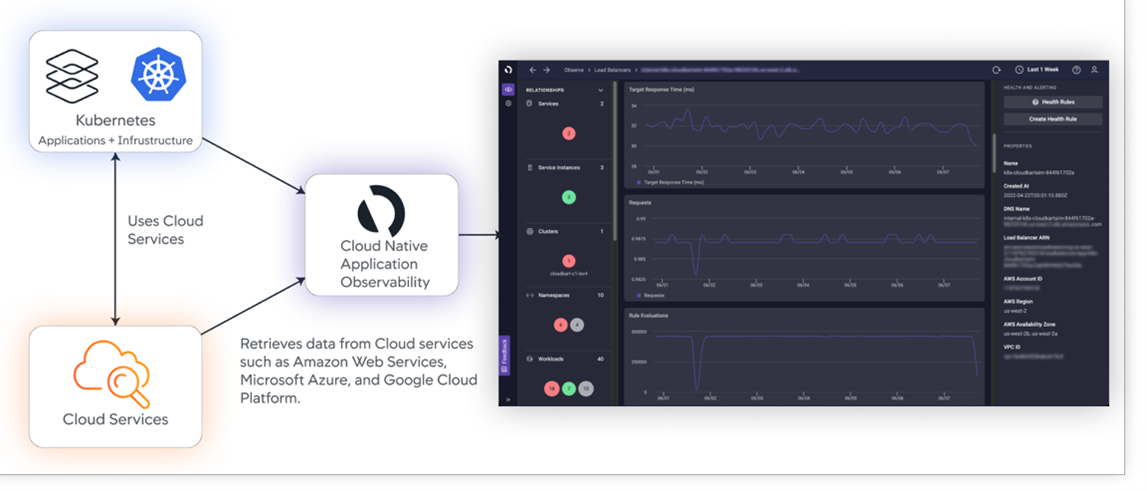Anomaly Detection and Cisco Cloud Observability APIs
In the Part 1 blog [1], we talked about the importance of application observability and how the application stack is more complex than ever with multi cloud deployments. We saw how the FSO solution, Cisco Cloud Observability [2], can be used to identify and react to cloud native application entity health leveraging Health Rules APIs and Actions API.
One aspect of any APM solution is to ensure that your business applications are healthy. Another key aspect is to ensure that they are performing per the metrics that you lay out. Applications should be performing at or above their expected behavior. How does one specify this expected behavior? Can we leverage machine learning capabilities of the Full-Stack Observability solution to learn what’s normal, and flag when abnormal behavior of an application is detected? This is where anomaly detection [3] comes in. This blog gets you started with how to go about configuring anomaly detection and associate actions when violations are detected.
As in health rules, cloud connections to your cloud accounts starts the data collection from your cloud resources and services. This data forms the basis for the machine learning algorithm to identify abnormal behavior.
Cloud Connections with Cisco Cloud Observability
Review cloud connection API’s in the blogs referenced in [4] [5].
 Fig 1. High-level overview of how Cloud Native Application Observability work
Fig 1. High-level overview of how Cloud Native Application Observability work
Monitoring Entity Health with Cloud Native Application Observability
For manual provisioning of anomaly detection and actions with ClickOps, you would use the Cisco Cloud Observability portal.[6]
For programmatic provisioning of health rules and actions using API’s [7], you can explore this with:
- sample python code [8],
- sandbox [9] and
- learning lab [10].
As an example, the code and sandbox use the lowest entity in you application stack, namely compute. The same methodology can be used on any supported entity in the application stack for which data collection is enabled. You can review the entities enabled for AD in [3].
Further reading
[1] Identify weak links in your application stack with FSO Health Rules
[2] About Cisco Cloud Observability
[3] Anomaly Detection in Cisco Cloud Observability
[4] Leverage Abstraction To Hide Complexity with Cisco Cloud Observability Cloud Connection API
[5] Automating Observability with Cisco Cloud Observability Cloud API’s
[6] Anomaly Detection Configuration with ClickOps
[7] API Documentation
[8] DevNet Code Exchange
[9] Sandbox
[10] Learning Lab

CONNECT WITH US